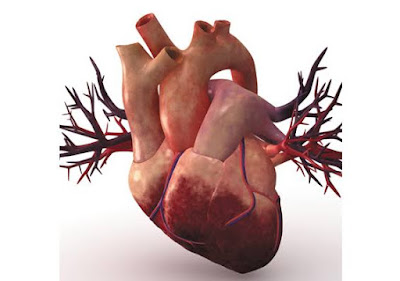If you want to get your ex to love you again then you are
going to have to approach it from a certain standpoint. The Relationship Guys
published an article, How to Make Your Ex Husband Fall In Love With You Again
that talks about having the M.A.T.H add up right for you in order for you to
find the answer you are looking for. Now, obviously M.A.T.H is an acronym for
all of the things that you need to have in order to get your ex to fall back in
love with you. Let's take a look at this acronym closer to find out what The
Relationship Guys recommend all women have in order to get an ex boyfriend or
ex husband to love you again.
 |
| How To Make Your Ex Want You Back And Love You Again |
Check this Article: Penile Implant Surgery in India Cost
M is For Mindset
You have to have the right mindset if you are going to make
your ex love you again after a breakup or divorce. If you try to approach him
with the wrong mindset, then you might give up if you face rejection or get the
cold shoulder from your ex.
A is For Attitude
You have to approach your ex with the right attitude and
make him see you for the person you were when the two of you first fell in
love. The thing that your ex is most focused on is the fights that the two of
you had, and especially the BIG fight that ended things between you two.
T is For Techniques
There are certain techniques that can be used to get your ex
to love you again but you have to be willing to learn them. It is important
that you know what to say to your ex, how to say it, and when to say it, and
there are other techniques that can be used to drive you ex crazy! (See this
post on The Relationship Guys blog for more about techniques.)
H is For Heart
You have to have the heart it takes to not give up when your
ex rejects you and to work through the hard issues, because like it or not, the
two of you split up for one reason or another and you are going to have to work
through those issues if you can ever have hope of not only getting your ex to
love you again but making the relationship work out.
It takes a combination of all of these things if you have
any hope at all at getting your ex to love you again. If you think about it,
the acronym is just like a math problem, because you have to add up your
mindset, attitude, techniques, and heart in order to get the answer you are
looking for.
 |
| Get Your Ex To Love You For Girlfriend |





















